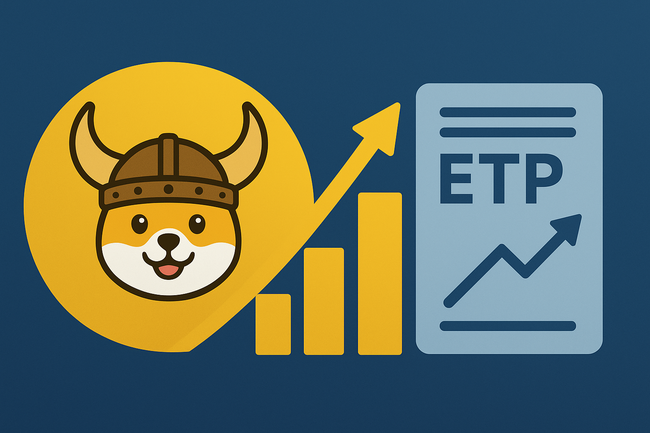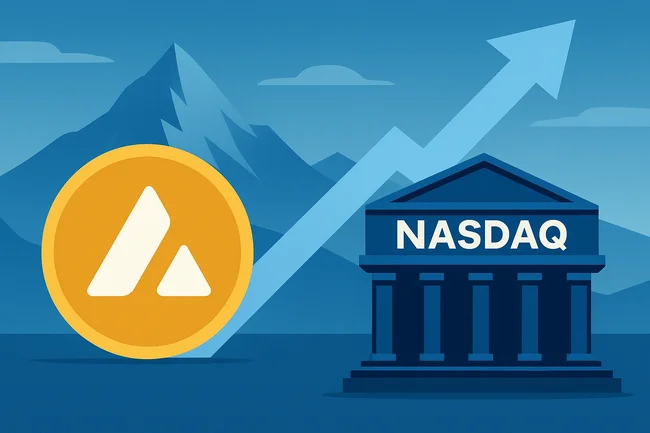Dynamic Gas refers to a system used to determine transaction fees on blockchain networks, where costs can fluctuate based on network congestion and demand. In this system, users pay for the computational resources required to process and confirm transactions. The fee is not fixed; instead, it changes depending on how busy the network is. When more transactions are being submitted, the fees increase. Conversely, during quieter periods, fees decrease. This approach encourages efficient use of network resources. Users can choose to pay higher fees for faster processing times or lower fees if they are willing to wait. Dynamic Gas mechanisms help prevent networks from becoming overwhelmed during peak usage and ensure smoother operation overall. Understanding how Dynamic Gas works can be crucial for users looking to optimize their transaction costs and timing.

First Floki ETP Launches in Europe, Listed on Spotlight Stock Market
A new exchange-traded product (ETP) tied to the cryptocurrency Floki has gone live in Europe, marking the first time a



